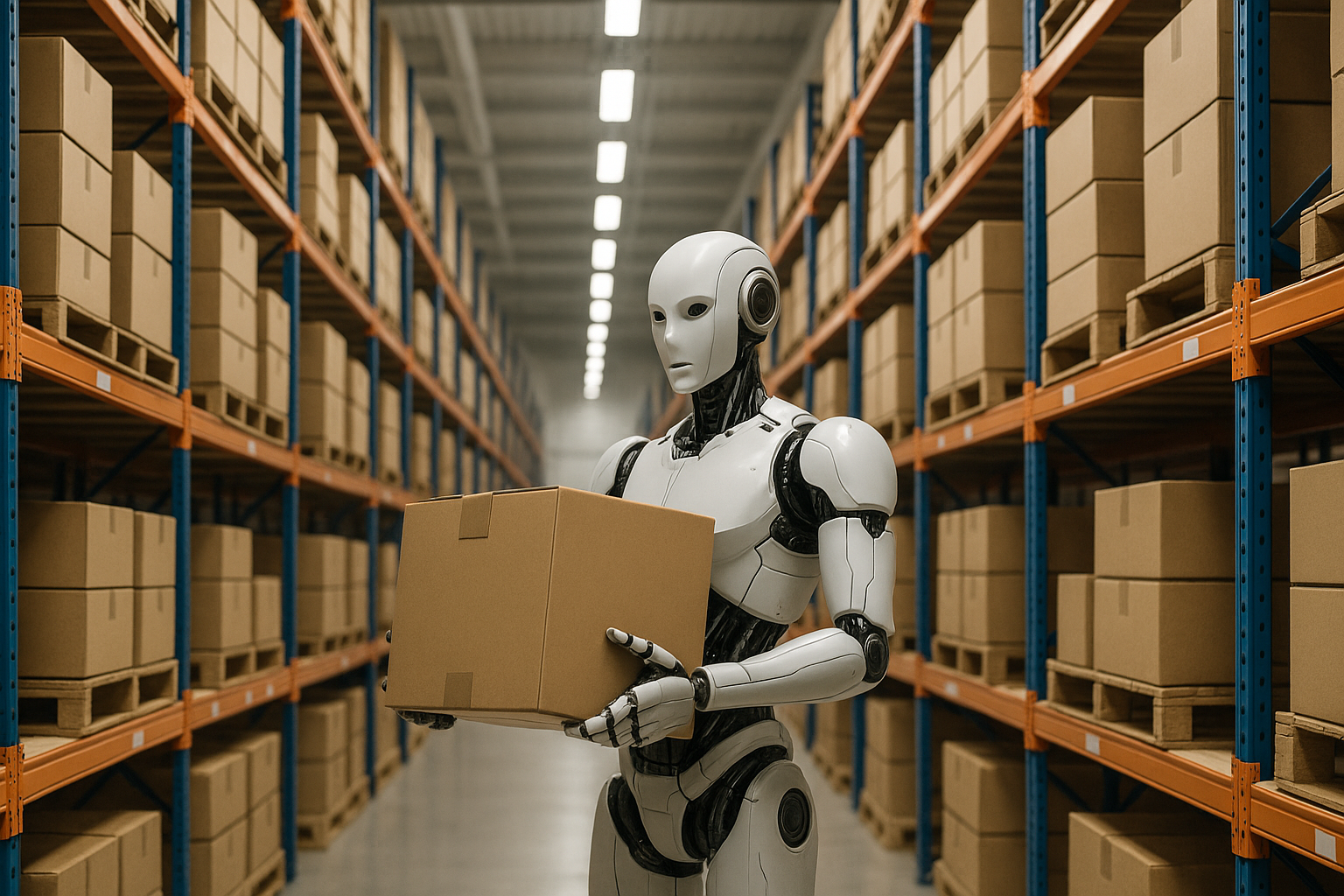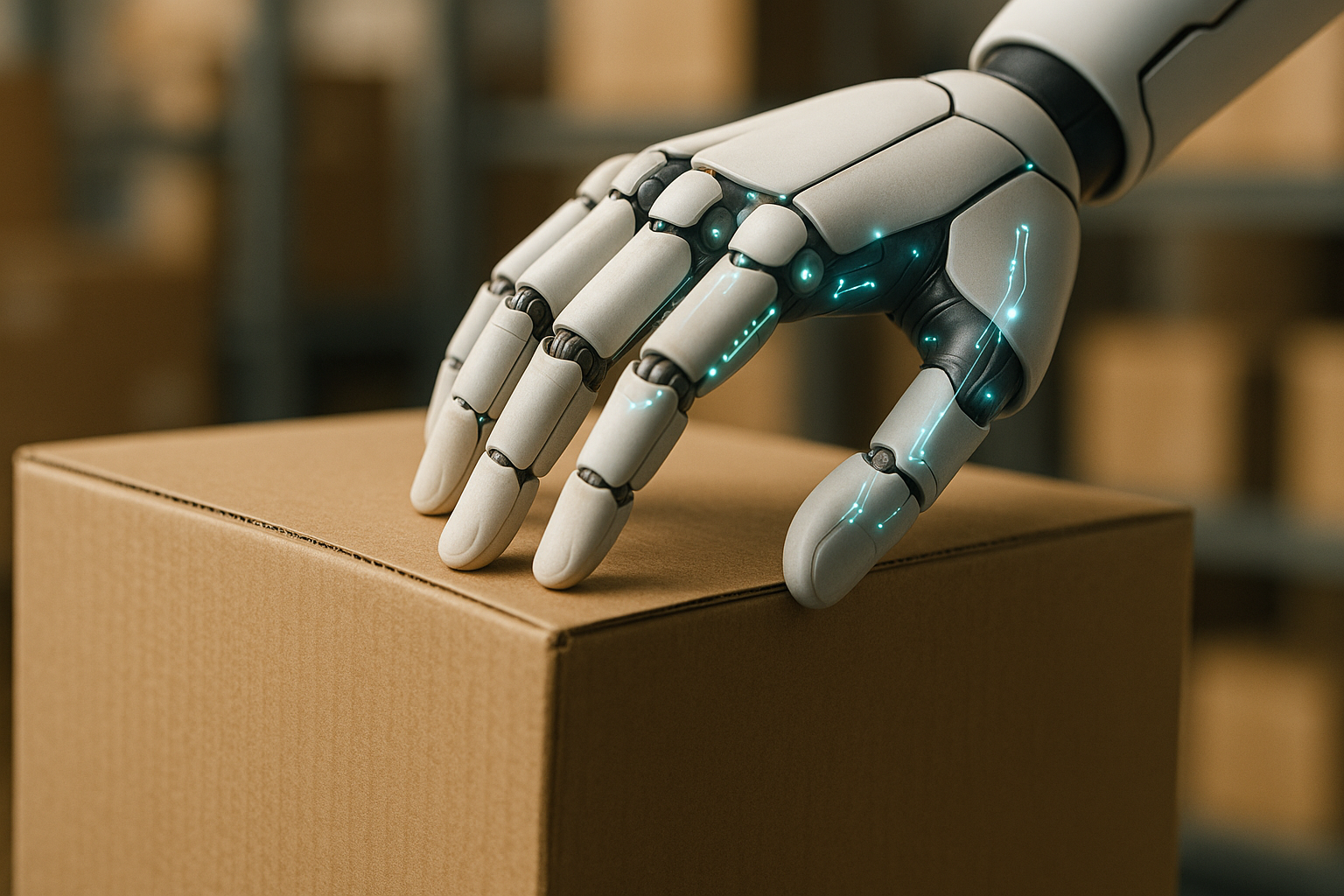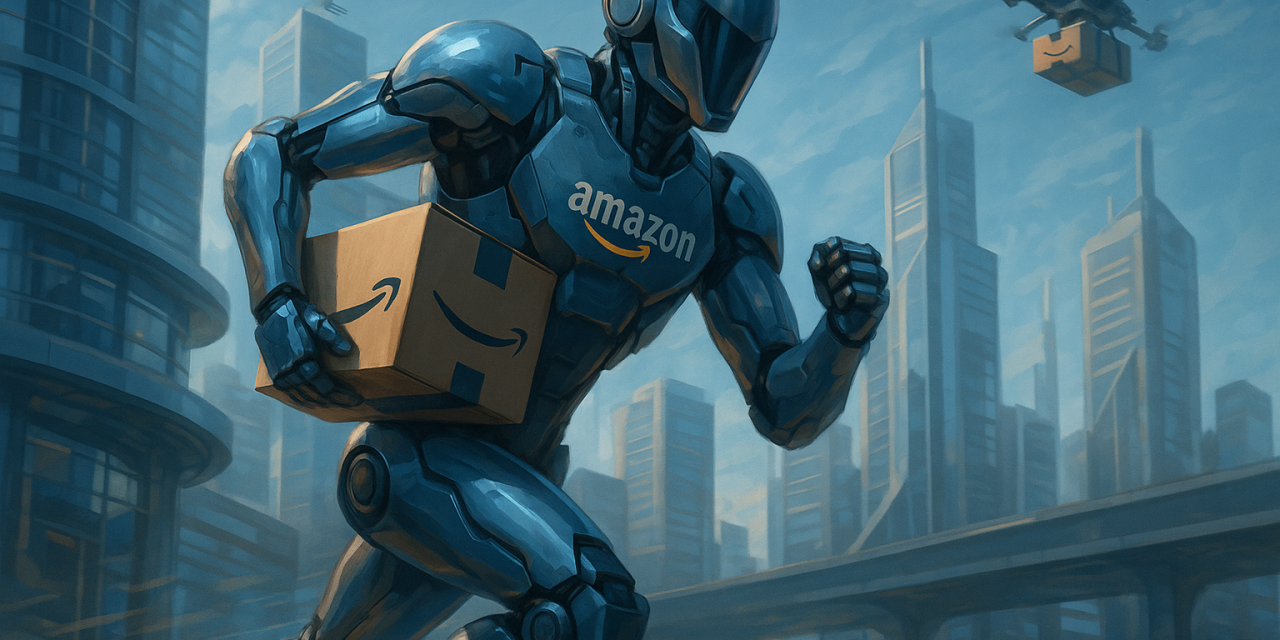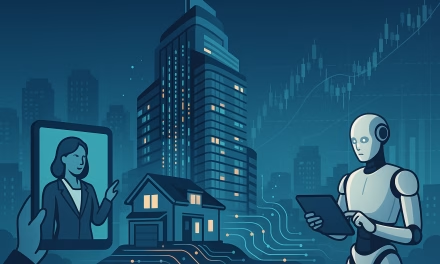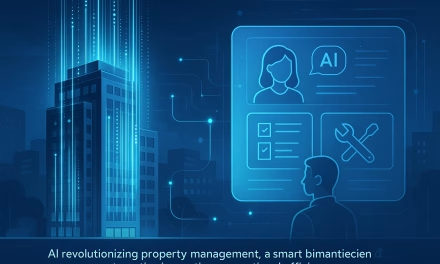Amazon has long been at the forefront of logistics and automation, constantly pushing the boundaries of how goods are stored, moved, and delivered. Now, the e-commerce giant is reportedly taking its ambitions to the next level by testing humanoid robots for package delivery at a new, dedicated ‘humanoid park’ facility in the US. This bold move signals a significant leap in the integration of artificial intelligence and advanced robotics into the supply chain, with profound implications for the future of work and the real estate landscape.
\n\n
The concept of a ‘humanoid park’ suggests a controlled environment where these advanced robots can be rigorously tested and refined before wider deployment. This is not just about automating existing tasks; it’s about reimagining the entire logistics process. Humanoid robots, with their ability to navigate complex environments and handle diverse tasks, could potentially revolutionize last-mile delivery, warehouse operations, and even inventory management. They could work alongside human employees, augmenting their capabilities and increasing overall efficiency.
\n\n
The implications for the logistics and real estate sectors are immense. The development of such facilities could lead to new types of industrial real estate, designed specifically to accommodate humanoid robot operations. Warehouses might become more automated, requiring fewer human workers for repetitive tasks and more for oversight, maintenance, and strategic planning. This shift could also impact urban planning, as the infrastructure for robot-assisted delivery becomes more widespread.
\n\n
However, the rise of humanoid robots also raises important questions about the future of work. While Amazon emphasizes that these robots are being tested to ‘enhance the team member experience’ rather than replace human workers, the long-term trend towards automation is undeniable. The skills required in the logistics sector will evolve, with a greater emphasis on technical expertise, problem-solving, and the ability to collaborate with intelligent machines. This necessitates a proactive approach to workforce retraining and education to ensure a smooth transition.
\n\n
Furthermore, the ethical considerations of deploying humanoid robots in public spaces, particularly for delivery, will need to be carefully addressed. Issues such as safety, accountability, and public perception will be crucial to the successful integration of these technologies into our daily lives. Amazon, as a leader in this space, will have a significant responsibility in shaping the public’s understanding and acceptance of humanoid robotics.
\n\n
The ‘humanoid park’ is more than just a testing ground; it’s a glimpse into a future where AI and robotics play an even more central role in our economy and society. Amazon’s ambitious initiative is a clear sign that the robot revolution is not just coming; it’s already rolling on, promising to redefine how goods are delivered and how we work in the years to come.
